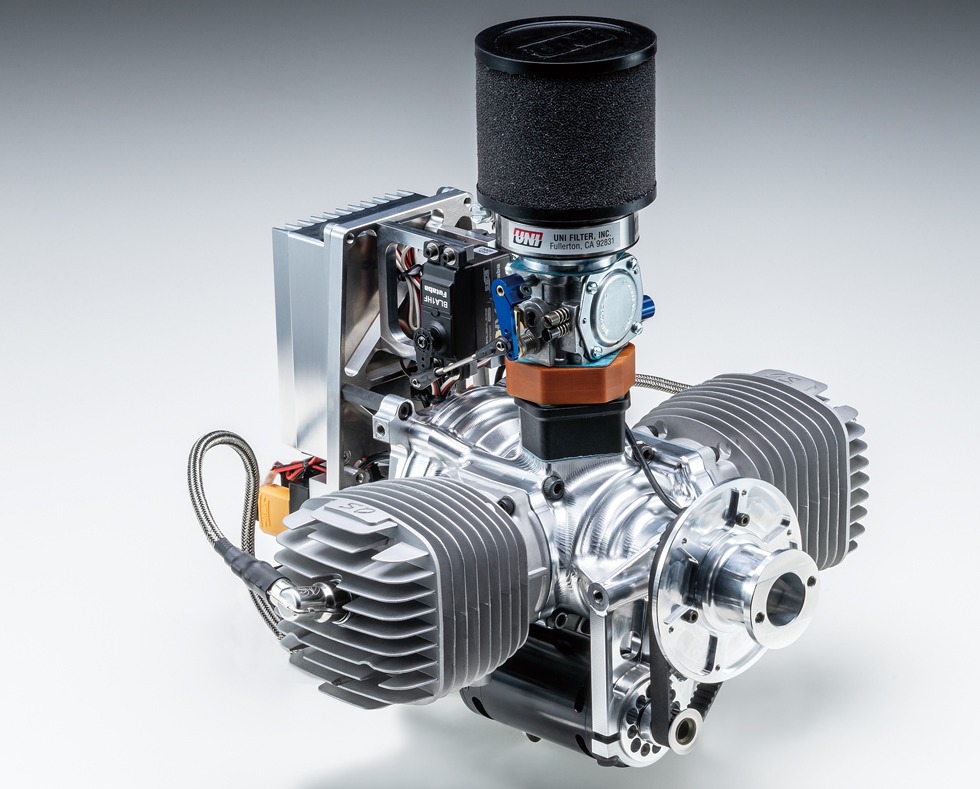Exploring Two-Stroke Engines in 2023: Performance, Advancements, and Applications
This article explores the performance, advancements, and applications of two-stroke engines in 2023. It discusses the unique characteristics of two-stroke engines, such as their high power-to-weight ratio and compact size, which make them ideal for industries like chainsaws and drones. The article also highlights technological advancements in two-stroke engine technology, including direct fuel injection and variable compression ratio, which improve fuel efficiency and reduce emissions. It discusses the importance of two-stroke engines in chainsaws and drones, and how their high power-to-weight ratio contributes to enhanced performance in these applications. The article concludes by discussing market trends, including the increasing demand for efficient and lightweight engines and the emergence of electric chainsaws and electric-powered drones as potential competitors to two-stroke engines.
12/9/20233 min read


Exploring Two-Stroke Engines in 2023: Performance, Advancements, and Applications
I. Introduction
Two-stroke engines, characterized by their simplicity, high power output, and lightweight features, have long held a significant niche in various industrial applications. From powering chainsaws and drones to servicing outboard motors and motorcycles, their efficacy is undeniably widespread. Their importance in these domains arises from the key benefits they offer - the most dominant being their high power-to-weight ratio. This article takes an in-depth look at the essence of two-stroke engines and the vital role they play in the present day, particularly in 2023.
II. Understanding Two-Stroke Engines
Two-stroke engines, also known as two-cycle engines, operate on a cycle that consists of only two strokes, namely, the compression stroke and the power stroke. They primarily stand out for their compact size, high power output, and fewer moving parts which ease maintenance and repair.
These uniquely combined characteristics have propelled two-stroke engines to the forefront of specific industries where lightness and performance are of paramount importance. For instance, in chainsaws, two-stroke engines' lesser weight translates to reduced operator fatigue and increased maneuverability, thereby boosting overall productivity. These utilities are inherently handheld and used extensively, making lighter engines a more pragmatic choice.
Drone technologies, on the other hand, capitalize on the high power-to-weight ratio that two-stroke engines offer. With a constant need to reduce payload while maintaining or enhancing performance, drones equipped with two-stroke engines tend to have prolonged flight times and improved load capacity. As these technologies continue to evolve and find widening applications in areas like surveillance, weather monitoring, and package delivery, the relevance of two-stroke engines is only set to increase.
III. Advances in Two-Stroke Engine Technology
Over the past decade, remarkable strides have been made in the technological advancement of two-stroke engines to address the challenges of efficiency and emissions that had somewhat marred their reputation.
Direct Fuel Injection (DI) is a resounding breakthrough that has had significant impact. Used in two-stroke engines, it enhances fuel efficiency by 12–15%, augments power, and reduces emissions. The design element of injecting fuel directly into the combustion chamber facilitates a cleaner, more efficient burn as the air and fuel mixture is no longer pre-mixed prior to combustion.
Another technological leap is variable compression ratio (VCR), which improves engine performance under varying load conditions, contributing to more efficient fuel consumption. Moreover, optimized combustion chamber design – termed Controlled Combustion Chamber (3C) – enhances combustion efficiency and performance, while diminishing undesirable emissions.
Emission reduction is a priority in all modern engine technologies and two-stroke engines are not exempted. Systems such as boost pressure control (BPC) and water injection (WI) have been developed to concurrently improve engine efficiency and reduce emissions. Proactive adjustment of boost pressure according to engine speed and the injection of water to significantly lower exhaust gas temperature not only enhances performance but also adheres to environmental norms.
These collective technological advancements present a viable roadmap for the future of two-stroke engines.
IV. Two-Stroke Engines in Chainsaws and Drones
Delving deeper into the use of two-stroke engines, let's consider two specific applications—chainsaws and drones.
The choice of engine in a chainsaw greatly affects its overall performance and usability. Most gas chainsaws today are 2-stroke, and there are several reasons for this. First, two-stroke engines have fewer moving parts, making them lighter and easier to handle, especially for handheld tools like chainsaws. Second, unlike four-stroke engines, two-stroke engines can function adequately when held at varying alignments, including upside down or sideways, crucial for arborists who need to make cuts at different angles. Their higher acceleration and speed, combined with their size and weight, make two-stroke engines an ideal choice for chainsaws.
In the realm of drone technologies, the high power-to-weight ratio of two-stroke engines plays a huge role. Build weight is a critical limitation in drone technology, and a powerful yet lightweight engine improves flight times and load capacity. Drones equipped with two-stroke engines have shown enhanced performance, marking an important stride in applications such as weather monitoring, surveillance, and package delivery.
V. Market Trends in Two-Stroke Engines
In 2023, the market trends surrounding two-stroke engines highlight certain intriguing aspects. Reflective of the changing needs of various industries, market demand for efficient and lightweight engines has propelled the popularity of two-stroke engines. Their rising demand is further driven by their successful applications in specialized industries such as forestry and aviation tech, as exemplified by chainsaws and drones.
Simultaneously, emerging competitors and alternative technologies have surfaced, pushing two-stroke engine manufacturers to innovate further. For instance, electric chainsaws, while being relatively new to the market, pose a potential challenge. At the same time, advancements in battery technology are enabling drones to increasingly rely on electric power.
However, the perception of two-stroke engines in 2023 is largely positive. Their high power-to-weight ratio and the strides made towards emission reduction are beginning to overshadow their previous environmental drawbacks. As more industries appreciate these improvements and look to harness the benefits, two-stroke engines are slated to shape new sectors, expanding their arena of applications.
